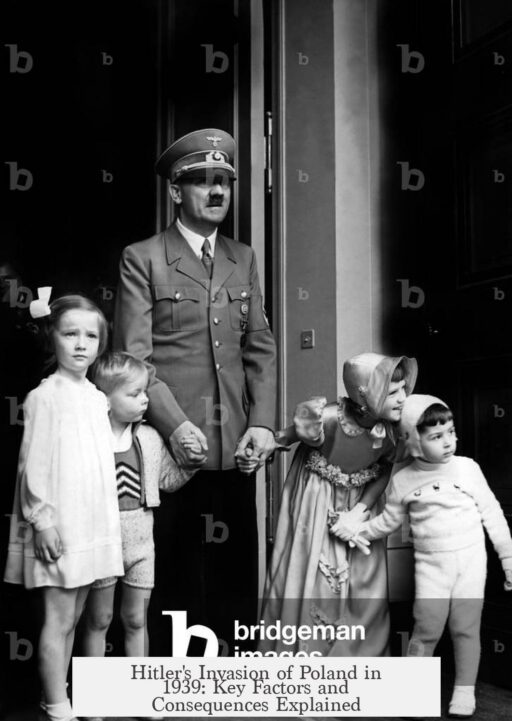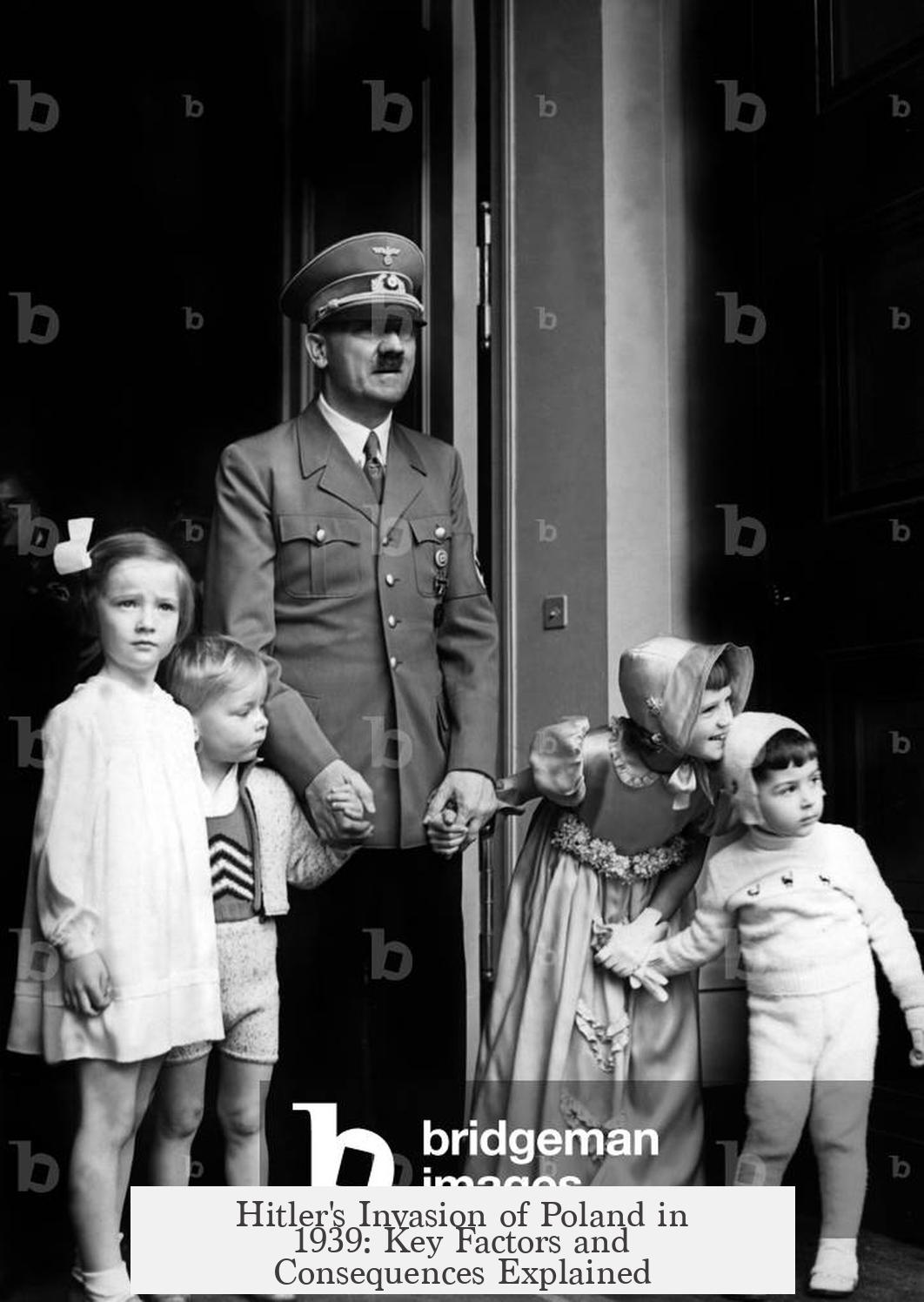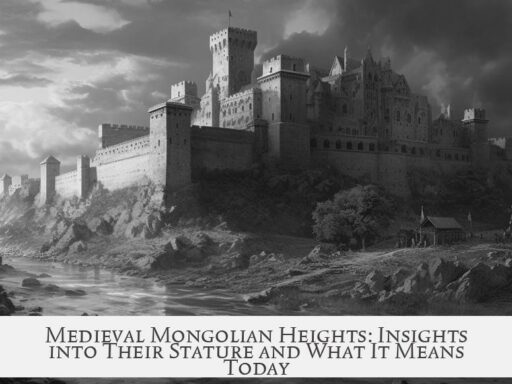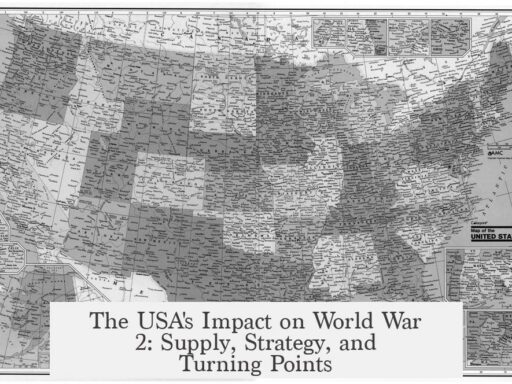Hitler invaded Poland in 1939 primarily to gain Lebensraum and secure Germany’s eastern flank before targeting Western Europe. His decision was fueled by ideological goals, strategic considerations, failed diplomacy, and perceived weakness of Britain and France.
Hitler’s ambition for war predated his generals’ readiness. By 1936, Hitler declared Germany must be ready for conflict within four years. He aimed to strike sooner than his General Staff preferred. Initially, he planned to handle the East first, then the West. General Halder, his Chief of Staff, warned that premature war could lead to Germany’s downfall due to incomplete military buildup and opposition from Britain and France.
The invasion aimed to realize the concept of Lebensraum, or living space, primarily in Eastern Europe, targeting Poland, the Soviet Union, and Ukraine. Poland was an obstacle on the way to the Soviet Union, which Hitler viewed as the embodiment of communism and Bolshevism. Attempts to ally with Poland for an anti-Soviet invasion failed. Despite some cultural exchanges, Poland rejected Germany’s demands.
In October 1938, Germany made harsh demands on Poland:
- Reunification of Danzig with Germany
- An extraterritorial road through the Polish Corridor connecting Germany to Danzig
- Poland joining the Anti-Comintern Pact (an anti-Soviet alliance)
- Recognition of the German-Polish border and a long non-aggression treaty
Germany offered longer treaties and autonomy in exchange, but these demands threatened Polish sovereignty. Warsaw rejected the offers in March 1939.
Hitler perceived British and French appeasement after Germany’s occupation of Czechoslovakia and creation of a puppet Slovak state as weakness. This emboldened him. A German Navy study from April 1939 envisioned Axis dominance from Germany’s western border to the Ural Mountains. The German military was instructed to prepare an invasion of Poland that month. The German-Polish non-aggression pact was canceled, and Hitler declared in May 1939 that Poland would not be spared.
Germany was diplomatically isolated, but the Hitler-Stalin Pact of August 1939 secured the eastern front. This non-aggression treaty with the Soviet Union removed the threat of a two-front war and allowed Germany to focus on Poland. Hitler expected Britain and France would avoid war, fearing confrontation with both Germany and the USSR. This misjudgment led him to finalize invasion plans.
The initial invasion plan scheduled for August was canceled when Mussolini withdrew Italian support. Meanwhile, Nazi SS units staged false flag operations on the Polish border to create justification for the attack. After escalating propaganda and unacceptable demands on Britain and Poland, Hitler ordered the invasion to start on September 1, 1939.
The invasion triggered Britain and France to declare war on Germany, abandoning their previous policy of appeasement. Unlike previous territorial grabs in the Rhineland and Czechoslovakia, the attack on Poland marked the official start of World War II.
| Key Reason | Details |
|---|---|
| Lebensraum | Seeking living space in Eastern Europe, especially Poland and USSR territories. |
| Strategic Position | Poland blocked Germany’s access to the Soviet Union. |
| Failed Diplomacy | Rejected German demands and alliance proposals by Poland. |
| Appeasement Miscalculation | Hitler underestimated Britain and France’s willingness to go to war. |
| Alliance with USSR | Hitler-Stalin Pact secured eastern border and allowed German aggression westward. |
- Hitler’s early desire for war grew impatient with his generals’ timeline.
- Lebensraum ideology drove the goal to conquer Eastern Europe.
- Germany’s demands on Poland aimed to reduce Polish autonomy but were unacceptable to Warsaw.
- British and French appeasement emboldened Hitler to escalate aggression.
- The Hitler-Stalin Pact removed the risk of a two-front war, enabling the invasion.
- Poland’s invasion provoked Britain and France to declare war, starting WWII.
Why Did Hitler Invade Poland Specifically in 1939?
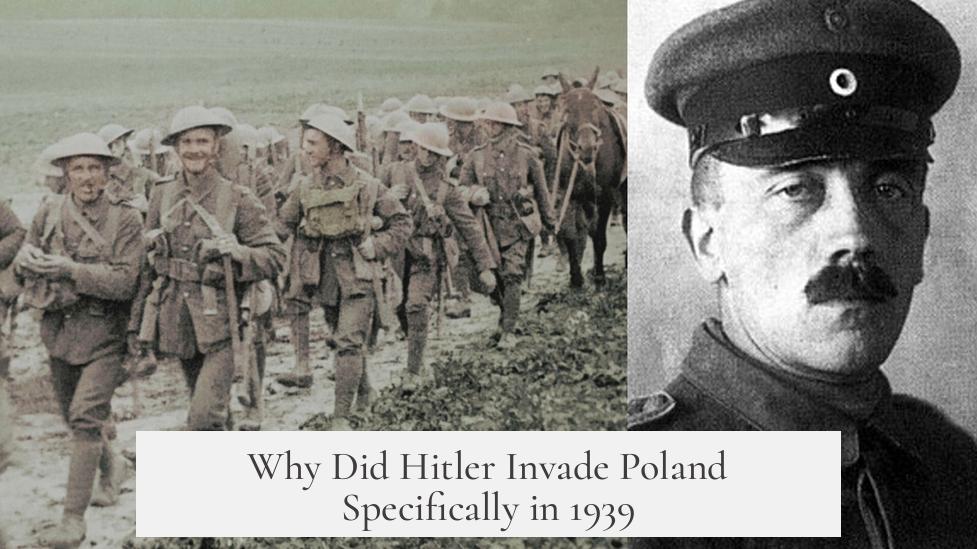
Hitler invaded Poland in 1939 primarily due to his drive for Lebensraum (living space) in the East, the desire to eliminate Poland as a barrier to invading the Soviet Union, and the diplomatic and military conditions that encouraged his aggression at that precise moment. Let’s unpack this decision, because behind that blitzkrieg lay years of planning, failed negotiations, and a misjudgment of international reactions.
It’s tempting to think Hitler rushed blindly into war with Poland. Actually, the German dictator had wanted war much earlier. Back in 1936, Hitler told his generals that Germany had to be ready for war within four years. And if he’d had his way, conflict would have erupted over Czechoslovakia in 1938 — months before the Munich Agreement calmed tensions over the Sudetenland region.
However, the military leadership, particularly General Halder, warned against premature war. Halder’s memorandum bluntly cautioned it would mean “finis Germania”—the end of Germany—due to incomplete rearmament and the firm stances of Britain and France. So, Hitler held off, planning to deal with the East first, then take time before confronting the West.
Lebensraum and Poland: The Eastern Obstacle
Lebensraum, literally “living space,” was more than just a buzzword for Nazis. It was Hitler’s vision to expand German territory eastward into Poland, the Soviet Union, and Ukraine. These areas represented not only land but resources and opportunity for the so-called Aryan race.
Poland was a problem, or as bluntly put in historical notes, “simply in the way.” Since Germany and the USSR didn’t share a border, an invasion into Soviet territory had to pass through Poland. This logistical reality made Poland the first target if Hitler wanted to reach his bigger prize: the Soviet Union.
Interestingly, Hitler didn’t immediately consider Poland an enemy to attack. For years, he attempted to woo Poland into joining a pact to jointly invade the USSR. There was even some cultural exchange to sweeten the deal. Poland refused, steadfast in its sovereignty and suspicious of German intentions.
German Demands on Poland Before the Invasion
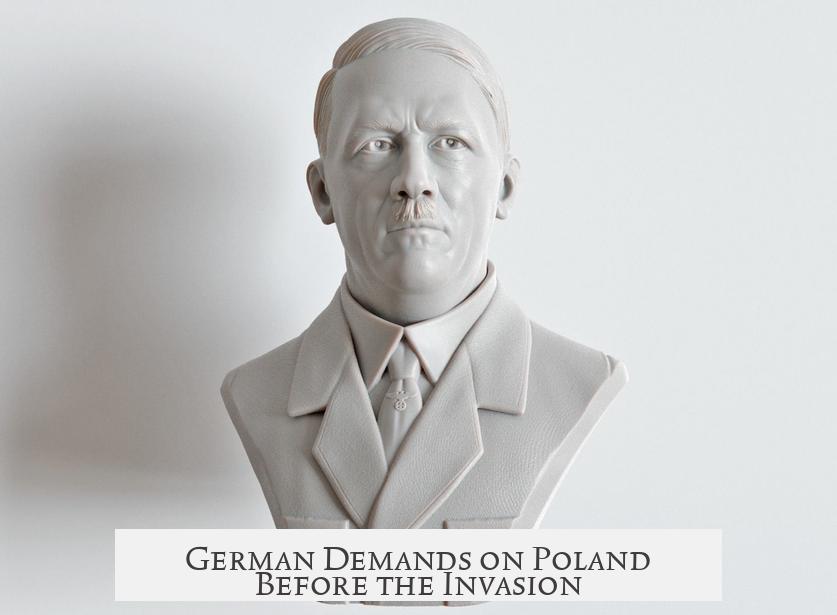
In October 1938, Germany laid out demands that Poland found unreasonable: reunification of the Free City of Danzig (modern Gdańsk) with Germany, an extraterritorial road through the Polish Corridor connecting Germany to Danzig, and Polish membership in the Anti-KomIntern Pact (the anti-Soviet alliance headed by Germany).
Germany even offered a carrot: a long 25-year non-aggression treaty, with recognition of borders—but only if Poland forfeited much of its autonomy, effectively submitting to German influence. Warsaw, unsurprisingly, rejected the offer outright in March 1939.
“Appeasement Means Weakness”—How Britain and France Emboldened Hitler
After Hitler occupied the remainder of Czechoslovakia and transformed Slovakia into a German satellite state—with little pushback—he saw British and French appeasement as a sign of weakness. This emboldened him significantly.
In April 1939, a German naval study boldly declared that Europe from Germany’s western border to the Ural Mountains should fall under Axis control. The German army ordered preparations for invading Poland. By May 1939, Hitler made his feelings crystal clear: “Poland will not be spared.”
At the same time, Germany cancelled the German-Polish non-aggression treaty, signaling that peaceful cooperation was off the table—for now.
The Diplomatic Web: Hitler-Stalin Pact and False Flags
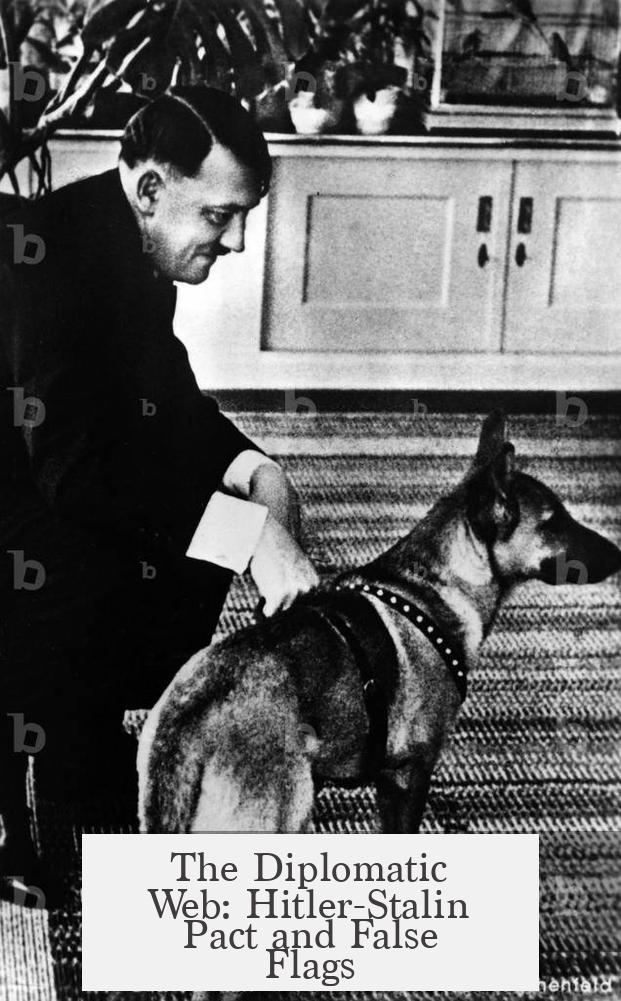
There’s an ironic twist here. Germany faced diplomatic isolation in Europe but managed to secure its eastern flank through the Hitler-Stalin Pact—a non-aggression agreement with the Soviet Union. This pact stunned many, as the two regimes were ideological enemies. But it meant Germany could plan against Poland and prepare for a western confrontation without fearing a Soviet attack.
Hitler underestimated Britain and France’s eventual reaction, assuming they’d avoid war, as attacking Germany would mean contending with both the Axis and the Soviet Union, now de facto allies. This miscalculation gave Hitler the confidence to move forward.
In August 1939, German plans for invasion nearly kicked off. SS secret service units staged false flag operations along the Polish border, fabricating pretexts for aggression. Yet, suddenly Mussolini withdrew Italian support, forcing a last-minute cancellation of the initial invasion.
The Fateful September 1st Invasion and Allied Response
Hitler didn’t give up. He resumed pressure with increasingly unacceptable demands to Poland and a propaganda campaign blaming Warsaw for tensions. Finally, on September 1st, 1939, German forces attacked. This was no surprise to Britain and France, who had promised to defend Poland.
Unlike earlier concessions with the Sudetenland and Czechoslovakia, Britain and France declared war on Germany after the invasion of Poland. This marked the outbreak of World War II—showing that Hitler’s assumptions about Western appeasement had limits.
So, What Makes Poland Special in 1939?
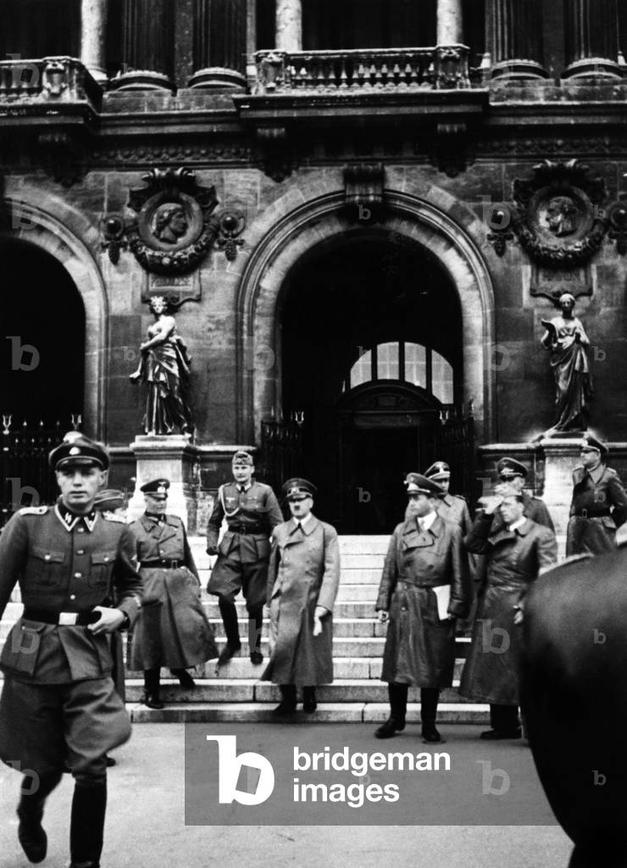
It wasn’t a sudden whim. In fact, Hitler’s desire to destroy Poland as a sovereign state was a calculated step in a grander vision. This invasion was a product of years of strategic planning, a quest for territory, and testing international resolve.
- Poland blocked the path eastward to the USSR—the ultimate Lebensraum goal.
- It refused German demands that would have effectively made it a German puppet.
- Britain and France’s hesitancy earlier was perceived as weakness but changed after this invasion.
- The Hitler-Stalin Pact gave Germany a green light to strike without fear of Soviet interference—at least temporarily.
Poland was the necessary first domino. Instead of attacking the West immediately, Hitler followed his initial plan: handle the East first, secure the resources and space, then focus on Western Europe with a stronger foothold.
Final Thoughts and Takeaways
Hitler’s invasion of Poland in 1939 reflects a mix of ambition, opportunism, and miscalculation. He pushed for war as early as 1936 but waited until military, diplomatic, and political conditions suited him. Poland represented both a step towards his ideological goals of territorial expansion and a convenient excuse to spark global conflict.
One might ask: What if Britain and France had acted sooner, or if Poland had aligned with Germany against the USSR? Perhaps the course of history would have changed. Yet, Hitler gambled that the West would falter again, only this time, breaking the appeasement spell unleashed the full fury of a world war.
So next time you wonder why September 1939 is etched in history’s books as the start of the global catastrophe, remember: it was not just a flash of madness, but a premeditated move in a broader vision that Hitler nurtured for years.
